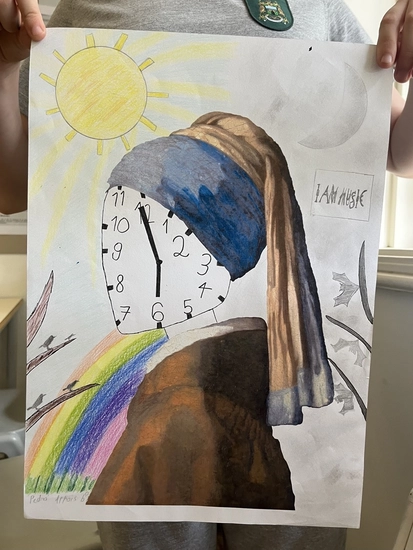
6th grade students recreated, altered, and intervened in one of the major painting references while learning about the various artistic movements throughout human history.
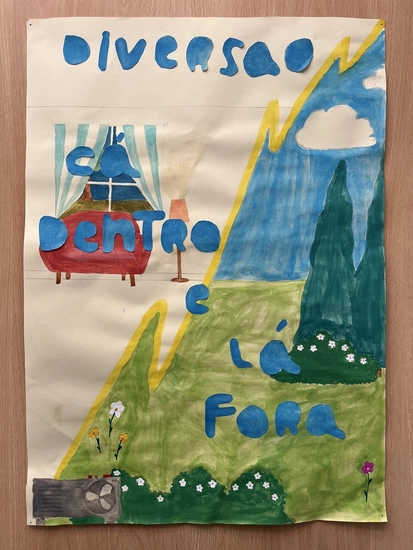
6th grade students were challenged to design an advertisement poster for an object they imagined — one that would be perfect for a trip (the theme of the interdisciplinary project for 5th and 6th grades). In the poster, students explored graphic design elements such as color, text, contrast, and imagery.
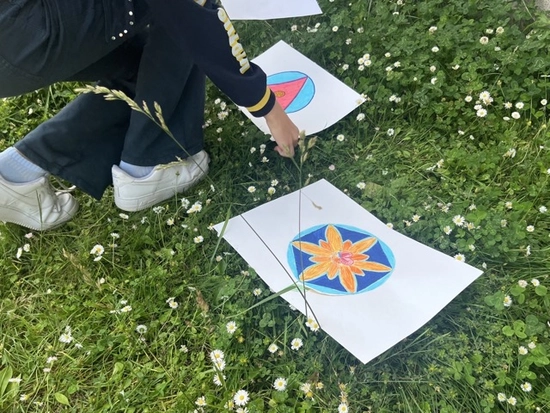
While learning how to divide a circle into equal parts and studying regular polygons, 7th grade students created geometric flowers that combined technical drawing with artistic expression.
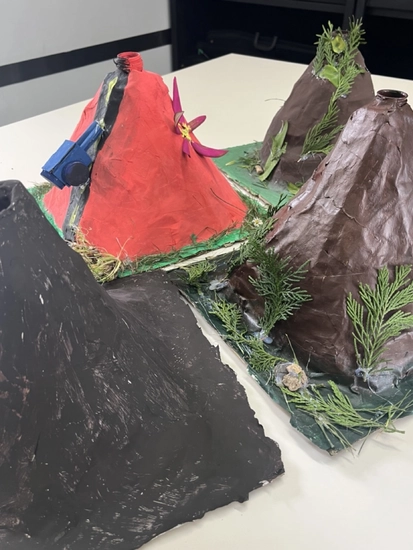
7th grade students built volcanoes using white glue and recycled paper as outer layers. These were later used in an explosive science experiment.
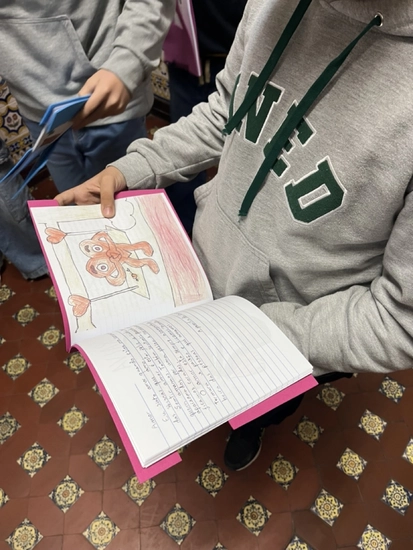
In the “Escreve+” class, each 5th and 6th grade student wrote a text and created an illustration based on an emotion of their choice (pt. 1/2).
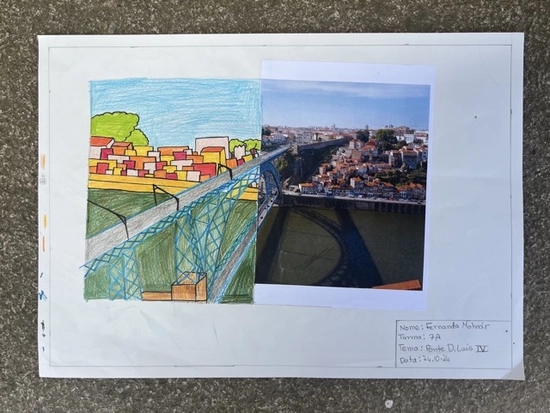
7th grade students learned about Portugal's cultural heritage by drawing half of one of the country's cultural symbols.
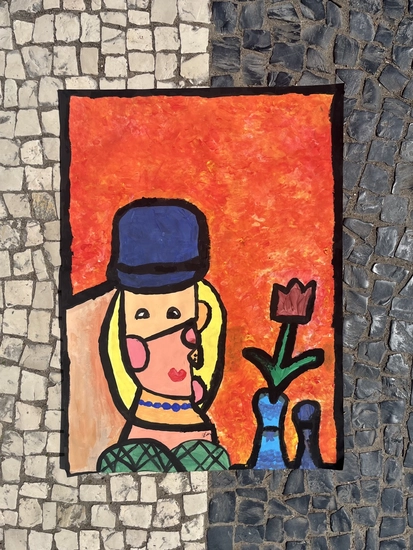
To study different periods in art history, 7th grade students were challenged to create a poster representing one of those historical moments in painting.
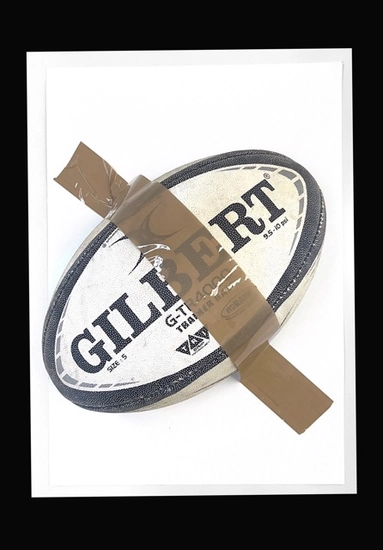
7th grade students reinterpreted one of the most talked-about sculptures/installations of recent years, reflecting on an object that would represent them and the message they wanted to convey.
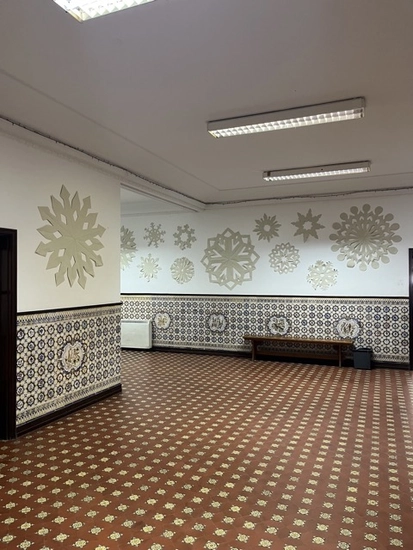
9th grade students created giant paper snowflakes to decorate the school for the holidays.
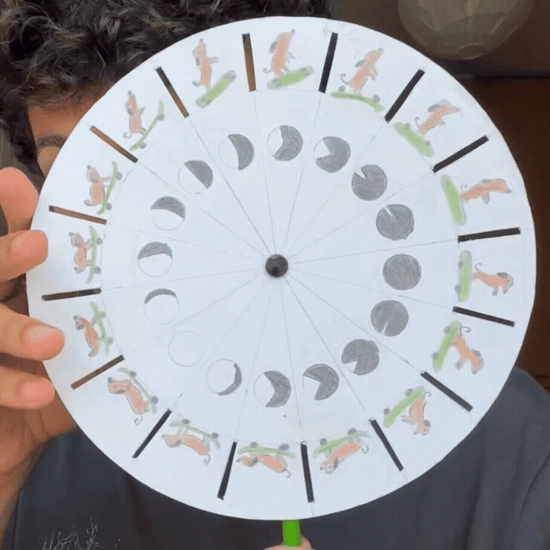
9th grade students learned about optical toys and the magic of science and the human eye by creating a phenakistoscope, with a theme of their choice. (pt. 1/2)

9th grade students learned about optical toys and the magic of science and the human eye by creating a phenakistoscope, with a theme of their choice. (pt. 2/2)

In the “Escreve+” class, each 5th and 6th grade student wrote a text and created an illustration based on an emotion of their choice (pt. 2/2).
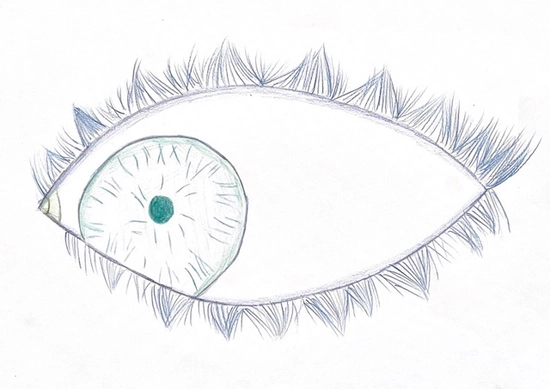
6th grade students applied what they learned about complementary, warm, cool, and neutral colors by repeating a drawing they created themselves.